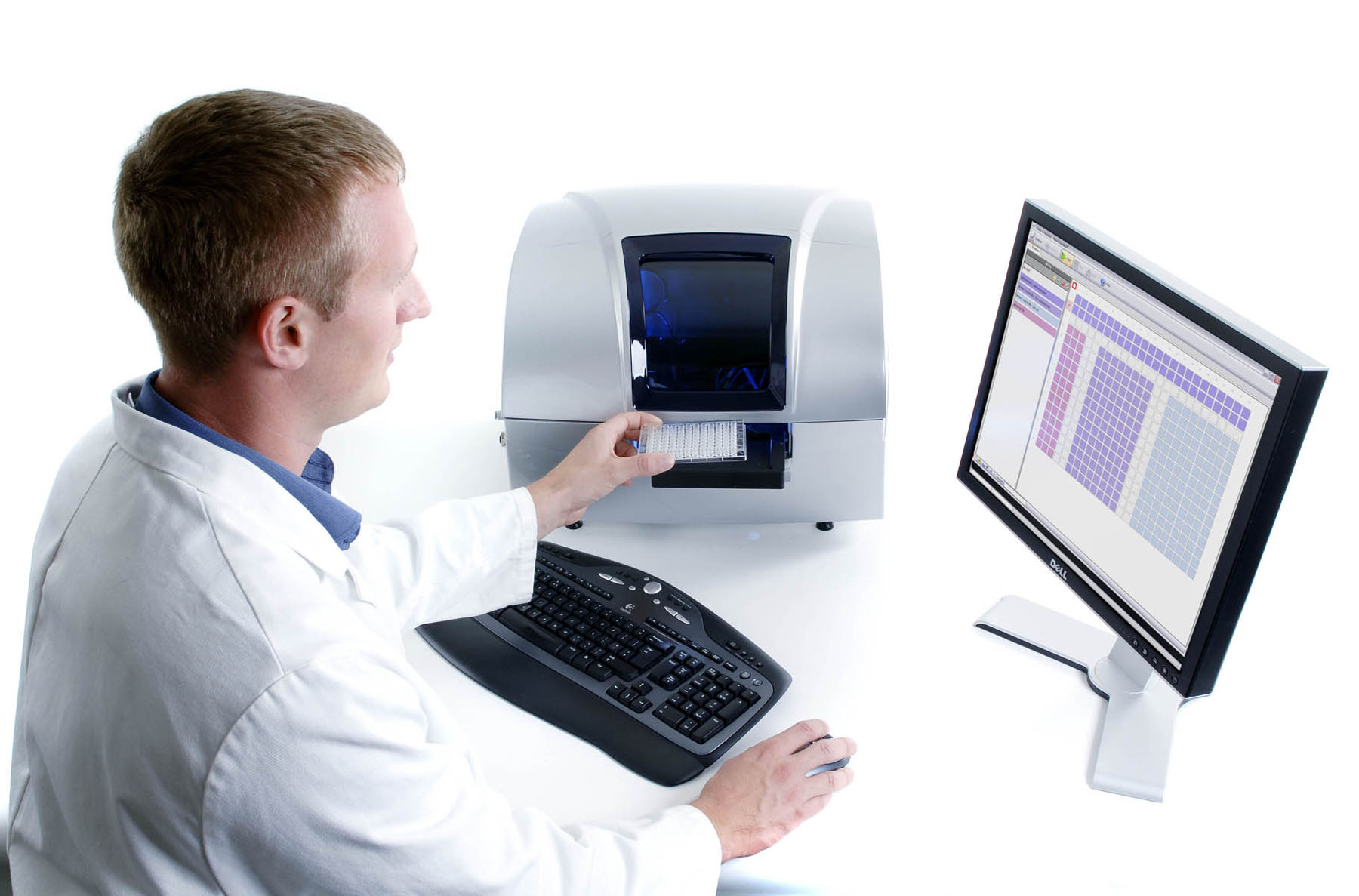New Malvern Publication Shows Zetasizer APS Analyses Sticky Proteins with no Cross-Contamination

A new application note published on the Malvern Instruments website demonstrates the absence of any cross-contamination when using the company’s Zetasizer APS (Auto Plate Sampler) to analyse known ‘sticky’ proteins. The Zetasizer APS dynamic light scattering (DLS) system enables the automated measurement of multiple samples and has wide application in the rapid screening of proteins. The risk of cross-contamination is a concern to many people when considering automated analysis in a multiwell format and the experiment was designed to thoroughly test the instrument’s capabilities. The application note can be downloaded at www.malvern.com/dlsautomation.
Setup and operation of the Zetasizer APS is straightforward and its stringent cleaning protocols are designed to ensure that no cross-contamination occurs. The work described in the new application note used familiar protein samples to demonstrate the lack of detectable cross-contamination. Samples included insulin, in both “monomeric” (the insulin hexamer) and “oligomeric” forms, and Abeta, the amyloid beta peptide known for its stickiness and tendency to adhere to plastic. The Abeta sample was present in two forms, fibrillar and oligomeric.
The order in which samples were loaded onto the system was chosen so as to maximize the risk of cross-contamination. The oligomeric insulin was dispensed first using a standard pipette, followed by the small and pure insulin, and then the larger polydisperse Abeta samples. Since large protein aggregates scatter much more light than small pure protein samples, if cross-contamination were to occur the polydisperse Abeta sample would be detected within the small homogenous protein sample. The results show that after running multiple tests, there was no detectable cross-contamination.
The Zetasizer APS delivers the same high sensitivity, high specification DLS measurements as other systems in Malvern’s established Zetasizer family. The automated processing of samples in multiwell plates enables the generation of high quality DLS data with no user intervention, a major benefit in maximizing productivity. The system’s highly practical data display capability allows easy retrieval of results of interest, eliminating the need to manually scan through all measurements. In addition, the Zetasizer APS plate navigator feature acts as a data mapping tool, for rapid screening of results to retrieve the information of most interest and subsequent in-depth investigation of selected data sets.
The separate temperature controls of the plate holder and the measurement cell allow the Zetasizer APS to maintain the protein samples in optimal condition until measurement. In addition, thermal trend measurements between 2 °C to 90 °C with 0.1 °C degree precision can be defined. The plate scheduler allows the user to graphically set up size and thermal trend measurements of various samples from the same plate using a variety of different SOPs.
Related News
-
News Ophthalmologic drug product Eylea faces biosimilar threats after FDA approvals
Regeneron Pharmaceutical’s blockbuster ophthalmology drug Eylea is facing biosimilar competition as the US FDA approves Biocon’s Yesafili and Samsung Bioepis/Biogen’s Opuviz. -
News ONO Pharmaceutical expands oncology portfolio with acquisition of Deciphera
ONO Pharmaceutical, out of Japan, is in the process of acquiring cancer-therapy maker Deciphera Pharmaceuticals for US$2.4 billion. -
News First offers for pharma from Medicare drug price negotiations
Ten high-cost drugs from various pharma manufacturers are in pricing negotiations in a first-ever for the US Medicare program. President Biden’s administration stated they have responded to the first round of offers. -
News Eli Lilly’s Zepbound makes leaps and bounds in weight-loss drug market
In the last week, Eli Lilly has announced their partnership with Amazon.com’s pharmacy unit to deliver prescriptions of Zepbound. Zepbound has also surpassed Novo Nordisk’s Wegovy for the number of prescriptions for the week of March 8.&nbs... -
News Chasing new frontiers at LEAP – The National Biotechnology Strategy Keynote
On the third day of LEAP (4–7 March 2024, Riyadh Exhibition and Convention Centre, Malham, Saudi Arabia) the CPHI Middle East team hosted the Future Pharma Forum, to set the scene for an exciting new event for the pharma community, coming to Riya... -
News Pfizer maps out plans for developing new oncology therapeutics by 2030
Pfizer dilvulges plans to investors around growing their cancer portfolio, and the drugs they will be focusing on developing after their aquisition of Seagen in 2023. -
News Generics threat to Merck’s Bridion as Hikma seeks pre-patent expiry approval
Merck has disclosed they received notice from Hikma Pharmaceuticals for seeking a pre-patent expiry US FDA approval for Hikma’s generic version of Merck’s Bridion. -
News Bernie Sanders vs Big Pharma - the latest on drug price negotiations
In a hearing in front of the US Senate, three of the biggest pharmaceutical companies in America are challenged over exorbitant prescription drug prices, with Sanders claiming their actions are limiting the population's access to affordable healthc...
Position your company at the heart of the global Pharma industry with a CPHI Online membership
-
Your products and solutions visible to thousands of visitors within the largest Pharma marketplace
-
Generate high-quality, engaged leads for your business, all year round
-
Promote your business as the industry’s thought-leader by hosting your reports, brochures and videos within your profile
-
Your company’s profile boosted at all participating CPHI events
-
An easy-to-use platform with a detailed dashboard showing your leads and performance
.png)

.png)
.png)


.png)
.png)